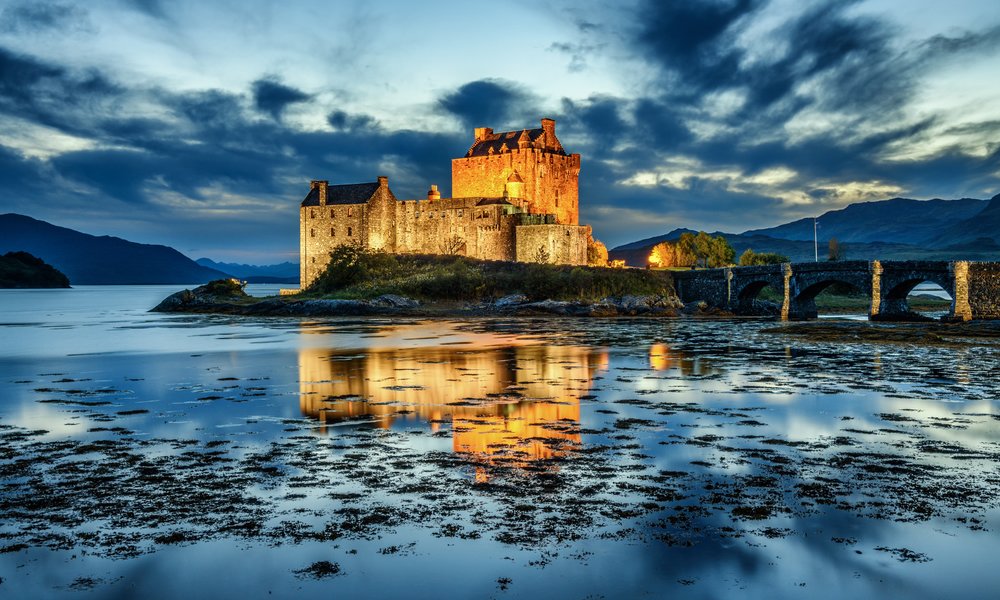Luss conservation village, Loch Lomond
The conservation village of Luss has many attractions – early Christian monuments, a lovely 19th century parish church and traditional workers’ cottages. Lying on the west bank of Loch Lomond and within Loch Lomond and The Trossachs National Park, Luss’s name is believed to come from the Gaelic ‘lus’ meaning herb or plant.
Christianity was brought here from Ireland by St MacKessog some time after the year 500. The stone effigy now inside the church is possibly of the early saint. More evidence of the village’s long history is provided by the 7th and 8th century gravestones beside the church entrance. The Vikings, led by King Haakon of Norway, passed through in 1263. A hogback grave cover in the graveyard dates from the Viking era.
A parish church was built on the site in 1771 but the present one dates from 1875. It was built in memory of Sir James Colquhoun who drowned just off the nearby island of Inchtavannach. Inside the church you see stained glass windows dedicated to the clan. The roof rafters are made of Scots pine. Today the church is a very popular wedding venue, with couples coming here from around the world.
The village is the traditional home of the Colquhouns who originally lived in nearby Rossdhu Castle. Now in ruins, it was replaced by Rossdhu House in the 18th century. The house is now leased to Loch Lomond Golf Club. The Colquhouns sponsored the construction in the village of the stone and slate cottages to provide homes for quarry workers on their estate.
Much more recently, in the 1980s and 1990s, Luss featured in a popular Scottish TV series ‘Take the High Road’. Today it has a Pilgrimage Centre at the church and a visitor centre for information about the national park.
Luss conservation village
Luss
Loch Lomond
G83
www.lochlomond-trossachs.org
Open annually
Private tours that visit this location:

